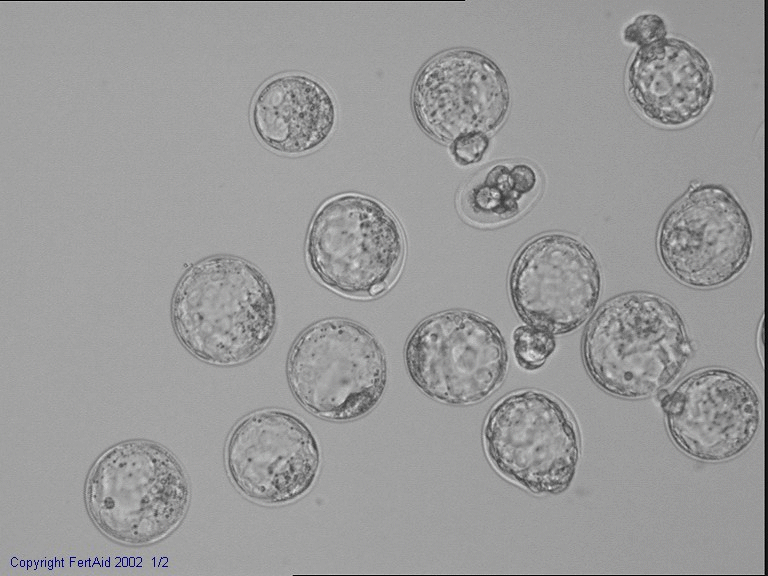|
|
| FertAid
Help Pages: FertAid Primary Help Management Page |
|
|
| HelpRecID:
549 |
| HE_Frag01
- Fragmentation-Definitions |
2/6/30/549
|
|
|
|
|
Description
|
Definitions of embryo fragmentation. |
|
Comment
|
Most grading systems include a description of fragmentation although there is no agreed terminology or definitions. Grading systems can range from simple descriptive (nil, little, moderate, severeve) to semi quantitative (% fragmentation or % cell volume). Alikani and Cohen have described 5 patterns of fragmentation that attempt to reflect fragmentation as a function of cell origin and pregnancy potential. These are type I to V. As a general rule fragmentation is similar or worse on eachj consecutive days culture. When severe, ikt may hinder compaction and blastulation. There has been some suggestions that embryos with fragmentation may implant if transferred to the uterus early but may not develop in vitro to blastocyst. This suggests that growth factors may also be implicated in the development or arrest of the fragmentation process. Care should be taken to attempt to distinguish between polar body breakdown and blastomere fragmentation. Some fragmentation may appear less after cryopreservation presumably due to fragment lysis. There has also been some suggestion that some fragmentation can appear as cell blebbing but where blebs can be readsorbed. That is fragmentation can appear and alter not be present to the same degree. |
|
Image
|

|
|
|
Width=200 and Height=200 |
|
|
References
|
|
|
Alikani, M (2001) :Cytoplasmic Fragmentation in human embryos in vitro:implications and the relevance of fragment removal.
|
|
|
|
|
|
|
|